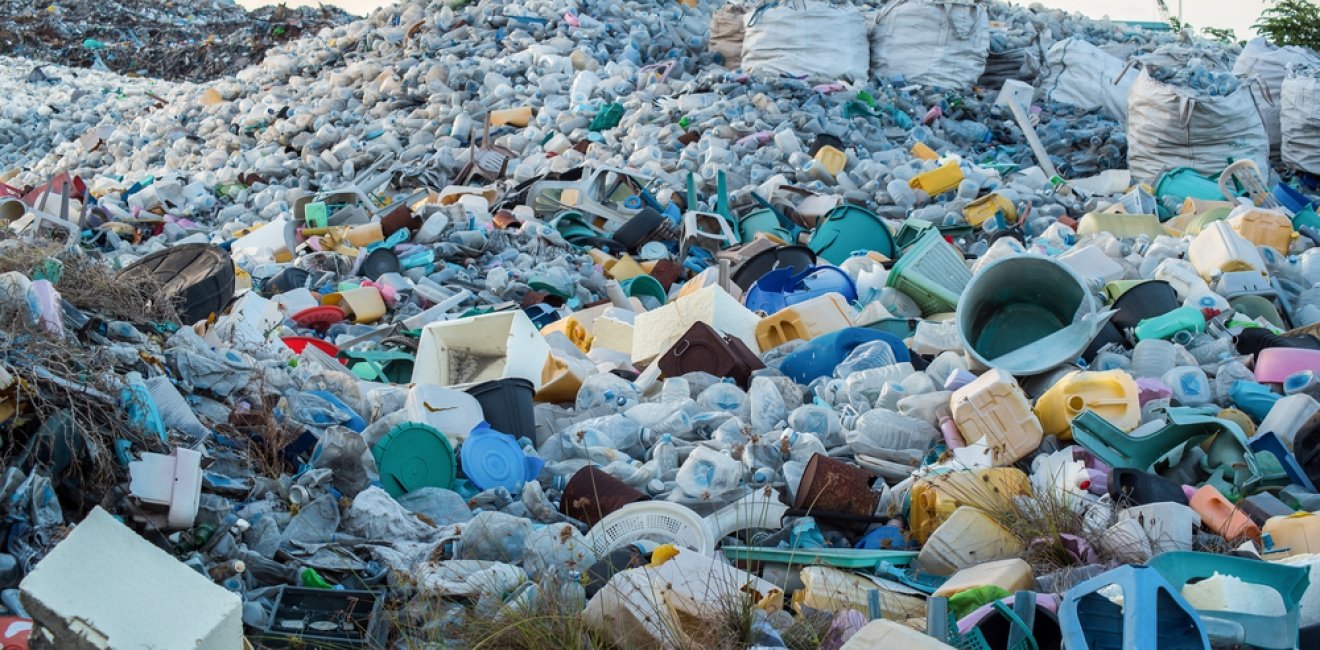
A blog of the Wilson Center

On the Current Trajectory, Global Plastic Waste Will Triple by 2060.
Despite bipartisan—and international—awareness of the increasing dangers that plastic waste poses for both marine and land ecosystems, the Organization for Economic Co-operation and Development (OECD) predicts that this waste will triple by 2060 unless significant new mitigation efforts are undertaken.
According to the OECD and World Economic Forum, consumption of plastics will likely grow exponentially—from 460 million metric tons in 2019 to 1,231 million metric tons by 2060. What follows? The plastics making their way into lakes and rivers are expected to nearly triple, from 109 million metric tons in 2019 to 348 metric tons in 2060. Worse yet, they say, the 30 million metric tons of plastic that swirled through ocean currents in 2019 could well grow to 145 million metric tons in that same timeframe.
As more countries move from low income to middle income, their use of plastics also grows. The volume of plastic currently produced already exceeds the capacity of most nations to dispose of its waste safely. Without changes in plastics production and disposal policy, that problem will get much worse.
The plastic waste challenge, however, is far from hopeless. International fora are increasingly focused on the problem. At the March gathering of the United Nations Environment Assembly, 175 countries came together to adopt the resolution, “End Plastic Pollution: Towards a legally binding instrument.” The measure kicked off negotiations to create an international, legally binding treaty to end plastic pollution with the goal of ending plastic pollution by 2040.
The US government enacted a measure known as Save Our Seas in December 2020 that will improve America's ability to clean up marine debris, enhance cooperation with countries responsible for the most of the pollution entering the oceans, and explore new ways to manage and reuse plastic waste.
More importantly, there are promising technologies at hand. It is estimated that two-thirds of waste in 2060 will be from short-lived plastics that are not refillable or recyclable, and are destined for an incinerator, landfill, or the ocean, including items like packaging, consumer products, and textiles, as well as from the construction and transportation industries. However, at “GPS + PEPP,” a recent plastics industry event held by Chemical Market Analytics by OPIS, plastics executives discussed transitioning from a linear to circular plastics economy that would produce little or no waste. In addition, donor nations like the United States are working with private enterprise to boost assistance to recycling programs in priority countries and communities.
The interconnected nature of the modern world, together with advanced understanding of human impacts on the environment, bring a growing awareness of the work needed to leave a healthy world for our children and grandchildren. Each of us uses plastics in nearly every part of our daily routine. “Smarter” plastics plus wiser consumers will be essential if we are going to succeed. Given the stakes, we have little choice but to succeed.
Author

Explore More in Stubborn Things
Browse Stubborn Things
Spying on Poachers

China and the Chocolate Factory

India: Economic Growth, Environmental Realities
